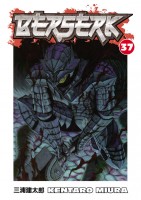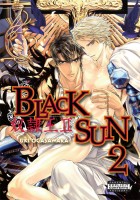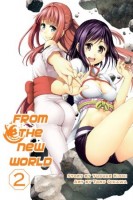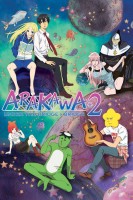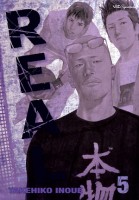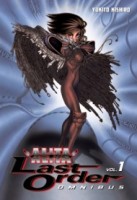 And the winner of the Battle Angel Alita Giveaway is…Anna-neko!
And the winner of the Battle Angel Alita Giveaway is…Anna-neko!
As the winner, Anna-neko will be receiving the first omnibus in Kodansha Comics’ release of Battle Angel Alita: Last Order by Yukito Kishiro. The omnibus collects the first three volumes of the series as well as additional stories by Kishiro. The titular Alita is a kick-ass cyborg, and I have a particular fondness for cyborgs, so I asked those entering the giveaway to tell me a little about their favorite cyborgs from manga. Check out the Battle Angel Alita Giveaway comments for all of the details, and check out the list of some of the manga available in English that feature cyborgs below!
Cyborg manga in English:
Appleseed by Masamune Shirow
Ashen Victor by Yukito Kishiro
Battle Angel Alita by Yukito Kishiro
Battle Angel Alita: Last Order by Yukito Kishiro
Blame! by Tsutomu Nihei
B’t X by Masami Kurumada
Cyborg 009 by Shotaro Ishinomori
Cowboy Bebop by Yutaka Nanten
Cowboy Bebop: Shooting Star by Cain Kuga
Descendents of Darkness by Yoko Matsushita
Eden: It’s an Endless World by Hiroki Endo
Ghost in the Shell by Masamune Shirow
Ghost in the Shell: Stand Alone Complex by Yu Kinutani
Gunslinger Girl by Yu Aida
Heavy Metal Warrior Xenon by Masaomi Kanzaki
Kamen Rider by Shotaro Ishinomori
Knights of Sidonia by Tsutomu Nihei
Madara written by Eiji Otsuka and illustrated by Shou Tajima
Made in Heaven written by Ami Sakurai and illustrated by Yukari Yashiki
Mardock Scramble by Yoshitoki Oima.
One-Punch Man written by ONE and illustrated by Yusuke Murata
Star Wars: Return of the Jedi by Sin-ichi Hiromoto
Trigun by Yasuhiro Nightow
Trinity Blood written by Sunao Yoshida and illustrated by Kiyo Kyujyō
Vassalord by Nanae Chrono
The World of Narue by Tomohiro Marukawa
Thank you to everyone who participated in the giveaway and shared a bit about their favorite cyborgs from manga. I hope to see you all again for the next giveaway, too!

